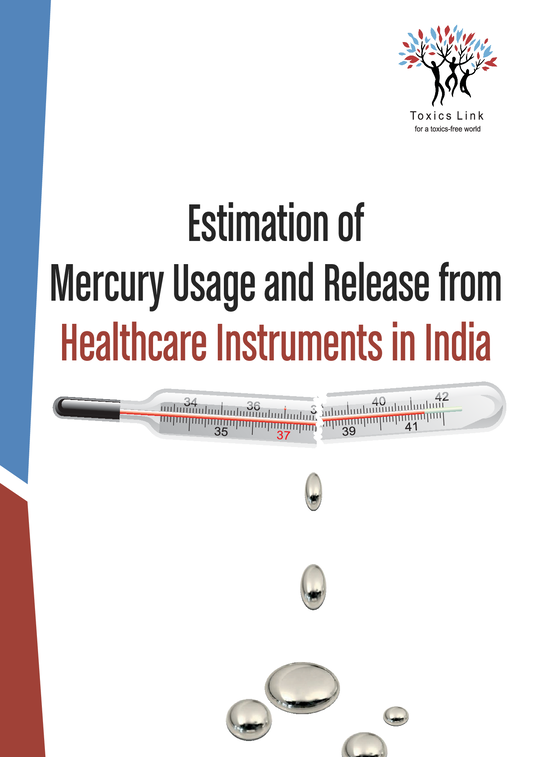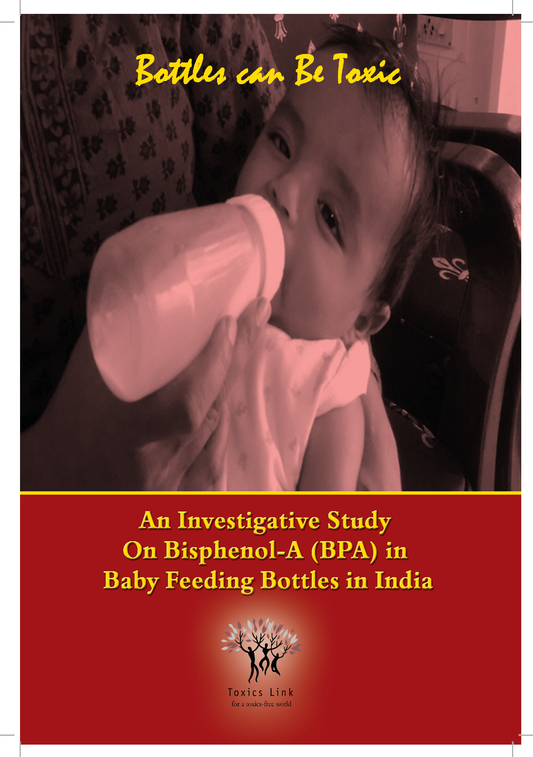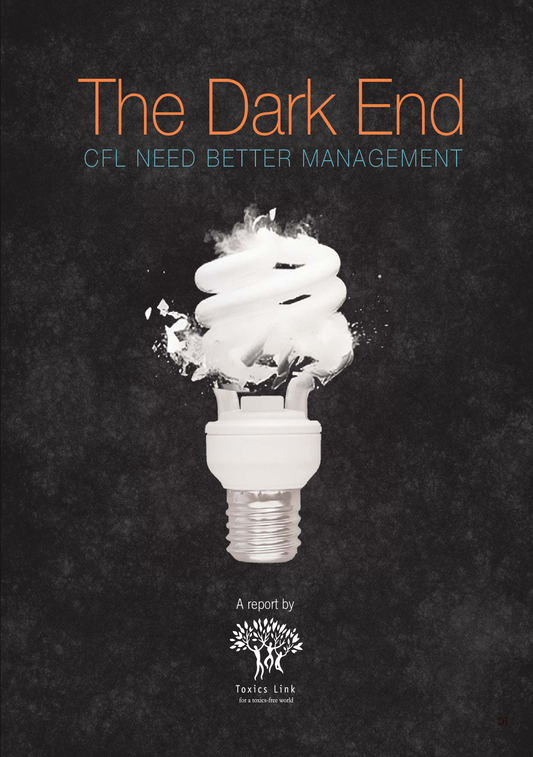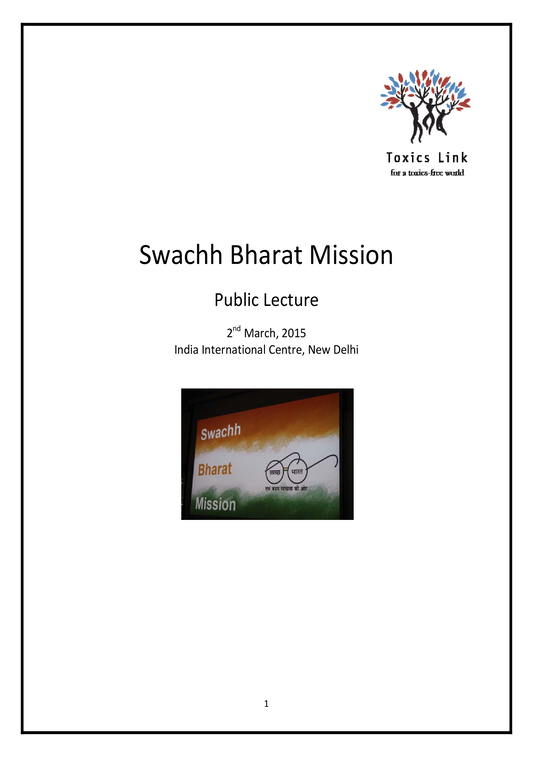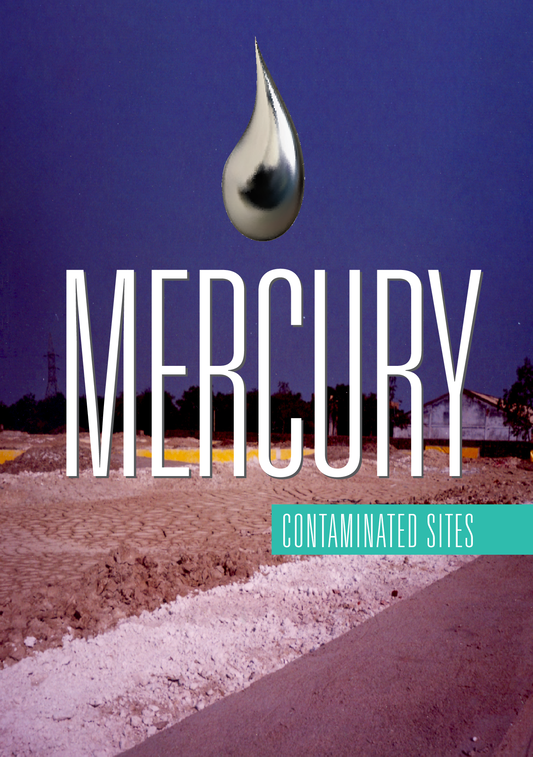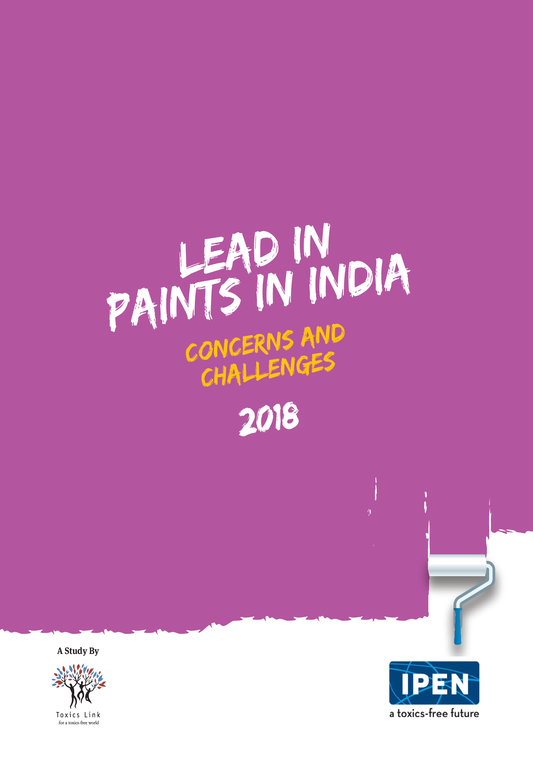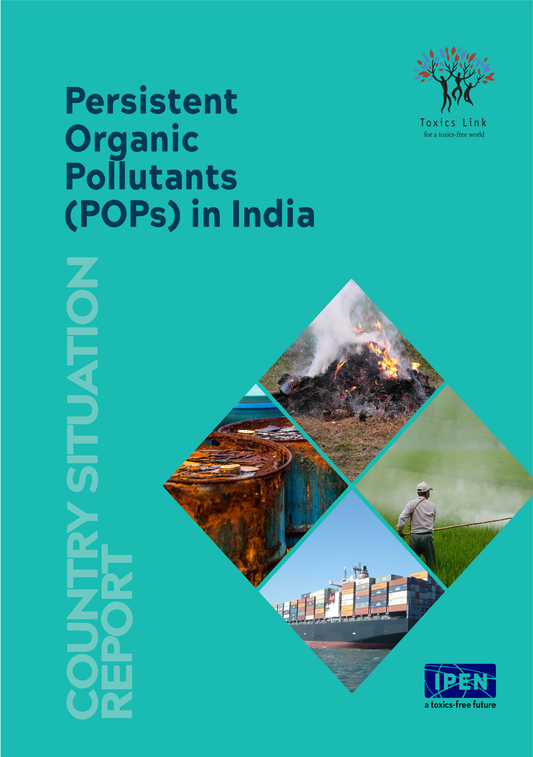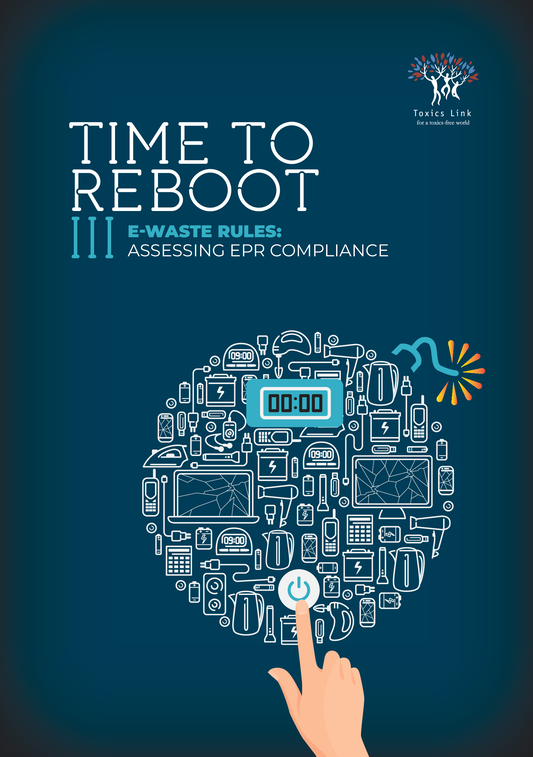Wrapped in Secrecy: Toxic Chemicals in Menstrual Products
The study by the environmental group raises serious concern on the current focus on ‘recycling’ to address the challenges of dealing with rising e-waste volumes globally and stresses on the need to bring in holistic solutions and shift focus from mere recycling to other aspects of a circular economy like reduce and repair.
Estimation of Mercury Usage and Release from Healthcare Instruments in India
E-Waste collection, transportation, processing and recycling is dominated by the informal sector. In addition, there are serious issues regarding leakages of toxins into the environment and workers’ safety and health. This book talks about the issues on E-waste management in India, Best practices from EU, Possible actions for India, Instruments relevant for India.
BPA study report
Keywords: india, Health, Food Safety, Delhi, NGO, Bhopal, exposure, Environment, Policy, BPA, Toxicity, ban, Toxics Link, Bisphenol-A, leaching, stakeholders, Samples, Alternatives, European Union, feeding bottles, BPA-free, World Health Organization, polycarbonate,...
Dark End CFL Need Better Management
‘Time to Reboot II’, as the title suggests, is in continuation to our first report last year which rated the top Producers of EEE in the country on their performance on EPR, and is a sustained effort towards improving compliance to theRules. The ?ndings of this report indicate that the Producers are still shying away from their responsibility and there is a need to address many gaps and improve e-waste management.For the complete findings please read the report.
Public Lecture Swachh Bharat Mission
‘Time to Reboot II’, as the title suggests, is in continuation to our first report last year which rated the top Producers of EEE in the country on their performance on EPR, and is a sustained effort towards improving compliance to theRules. The ?ndings of this report indicate that the Producers are still shying away from their responsibility and there is a need to address many gaps and improve e-waste management.For the complete findings please read the report.
Mercury Contaminated Sites
In the study, 6 face wash, 3 body washes, 3 face scrubs from different brands, 1 face mask and 5 varieties of leave-on lotions were analysed for detecting the presence of microplastics (water insoluble) of more than 0.45 micron size. Large numbers of particles, especially granular material were observed with naked eye. Stereomicroscopic examination as well as filtration indicated presence of micro particles in 9 out of the 18 samples tested. The findings indicated presence of microplastics in most of the rinse off cosmetics. Interestingly, none of the leave-on products were detected with microplastics or even microparticles. Presence of insoluble micro particles in majority of the rinse off products does raise an alarm. These are designed to be disposed of with no possibility of recovery or recycling. Out of the 12 rinse off products included in the study, 5 of them were found to have microplastic. Since these are direct body to drain products, the beads from these products get directly into the water system and through the water channel reach the larger water bodies.
Lead in Paints
In the study, 6 face wash, 3 body washes, 3 face scrubs from different brands, 1 face mask and 5 varieties of leave-on lotions were analysed for detecting the presence of microplastics (water insoluble) of more than 0.45 micron size. Large numbers of particles, especially granular material were observed with naked eye. Stereomicroscopic examination as well as filtration indicated presence of micro particles in 9 out of the 18 samples tested. The findings indicated presence of microplastics in most of the rinse off cosmetics. Interestingly, none of the leave-on products were detected with microplastics or even microparticles. Presence of insoluble micro particles in majority of the rinse off products does raise an alarm. These are designed to be disposed of with no possibility of recovery or recycling. Out of the 12 rinse off products included in the study, 5 of them were found to have microplastic. Since these are direct body to drain products, the beads from these products get directly into the water system and through the water channel reach the larger water bodies.
Persistent Organic Pollutants POPs Country Situation Report
In the study, 6 face wash, 3 body washes, 3 face scrubs from different brands, 1 face mask and 5 varieties of leave-on lotions were analysed for detecting the presence of microplastics (water insoluble) of more than 0.45 micron size. Large numbers of particles, especially granular material were observed with naked eye. Stereomicroscopic examination as well as filtration indicated presence of micro particles in 9 out of the 18 samples tested. The findings indicated presence of microplastics in most of the rinse off cosmetics. Interestingly, none of the leave-on products were detected with microplastics or even microparticles. Presence of insoluble micro particles in majority of the rinse off products does raise an alarm. These are designed to be disposed of with no possibility of recovery or recycling. Out of the 12 rinse off products included in the study, 5 of them were found to have microplastic. Since these are direct body to drain products, the beads from these products get directly into the water system and through the water channel reach the larger water bodies.
Time to Reboot III
The objective of the study was to assess the current status of Bio medical waste management in Delhi. Though the study looked only at bedded health care facilities, it was clear that this infectious waste, even after almost 20 years of the Rules, is not fully implemented on ground. Though the practices and processes in larger healthcare establishments seemed in compliance with the Rules, the systems in hospitals or nursing homes of smaller sizes were lacking in many aspects. The study has not included clinics or non-bedded facilities, but our observation of the few clinics we visited and interviews of some key stakeholders seemed to suggest that most clinics are not in compliance with the Rules and many of them, in fact, have not even tied with the CBWTFs. One of the major shortcomings is that database of HCFs pertaining to BMWM was neither available online on official website of DPCC nor provided when asked through the medium of multiple RTIs. Non-availability of this data leads to apprehension, as well as is limiting factor to any agenda associated with ensuring the compliance of BMW rule in Delhi.


